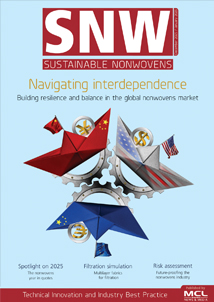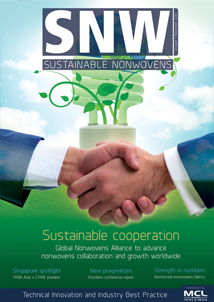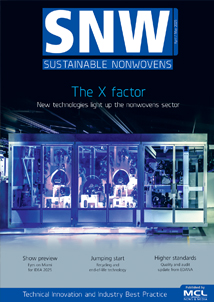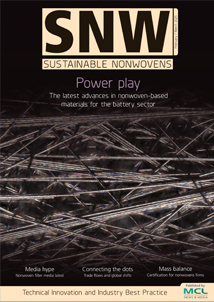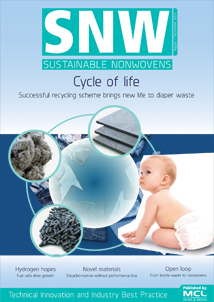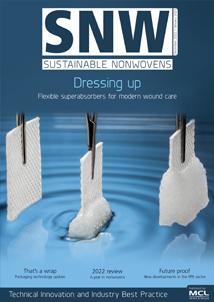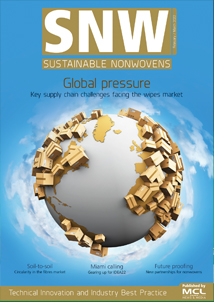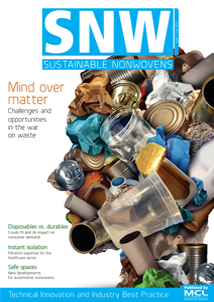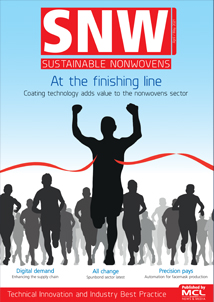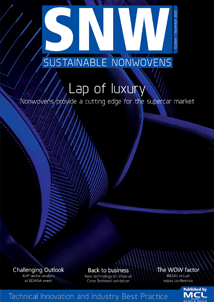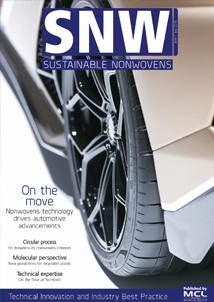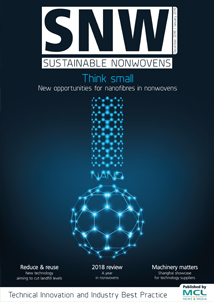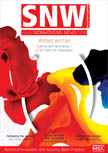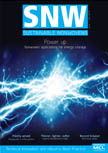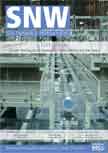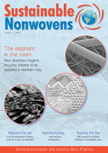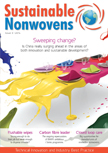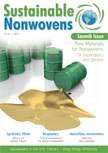LONDON – Labels are not enough and consumer demand is no defence, wipes industry representatives were told at a high level meeting in the UK’s capital. Chris Remington and Adrian Wilson report.
Late last year, environmental organisation Water UK released a report which drew attention to the issue of blocked sewage lines across the UK. In collaboration with industry body, EDANA, the organisation investigated 54 sewer blockages.
The study revealed that of the sample assessed, 93% of materials involved in the build ups were wipes. According to Water UK, there are approximately 300,000 sewer blockages a year in the UK alone, costing the government £100 million annually to repair and highlighting the enormity of the issue.
It is against this backdrop that the industry’s call for better labelling and consumer education is beginning to appear somewhat insufficient.
Representing the wipes industry at the meeting – which followed a visit to London’s Beckton sewage works for the committee to make a first-hand appraisal of the problem – was Tracy Stewart, director general of the Absorbent Hygiene Product Manufacturers Association (AHPMA) and EDANA’s communications and media relations executive Seán Kerrigan.
Combination
Richard Aylard, director of external affairs and sustainability for Thames Water, explained that it is the combination of wipes with oil and grease that causes the biggest problem.
“If you have even a single strand of a root going through a sewer and a wet wipe gets caught on it, some fat builds around that, another wet wipe arrives and very quickly you have a blockage,” he said. “If a wet wipe is flushed – and hundreds of millions of them are every day – three things can happen. The first thing is it can make its way all the way through the sewers uninterrupted to our sewage works, where it ends up on a screen and has to be scraped off. At the Beckton sewage works, we get 30 tons of this material every day. That is only about a quarter of the total waste that we treat and there are well over 100 tons of what we call ‘rag’ going to landfill every day, because that is the only place you can take since it is mixed materials and cannot be recycled and you would not want to incinerate it. Everything that everybody flushes that they should not flush ends up on the screens.”
Best case
In some ways, he added, this is the best of the three outcomes, “because the second potential outcome is that it ends up caught in one of the fatbergs which generate in our very big sewers. These are sewers that are big enough to get people in and we have all seen the photographs. People have to go in there with pickaxes and high-pressure hoses to get this congealed mass out of the sewers. The fatberg stories have done very well in raising awareness and there is now a fatberg exhibition at the Museum of London which is doing very well for them.
“However, it is the third outcome that is the worst. That is that these wet wipes and fat cause a blockage in the small sewers outside people’s houses. We clear 85,000 blockages every year from those smaller sewers. If we cannot clear them before they cause a problem, in an average year, 2,000 homes in London get flooded with sewage either externally or internally as a result of those blockages. The same blockages also cause an average of 80 pollution incidents every year where it spews out of a manhole into a brook or a stream and into a river. Some of those cause a lot of environmental damage. “
Distinction
Seán Kerrigan drew the distinction between flushable and non-flushable wipes.
“We do not think it would correctly affect consumer behaviour to make all items flushable because there is a whole range of items – kitchen wipes, hygiene wipes and panty liners, for example – that also should not go down the toilet,” he said. “We think that if we were to launch a whole range of products classed as flushable, it would further confuse the consumer. There is also the fact that in terms of functionality, making a wipe flushable makes it unfit for purpose. You would not be happy wiping your baby’s bottom with a flushable wipe. You would not be happy using a kitchen towel that was designed to be flushed. If it breaks down in water, it would break down in your kitchen.
“We are quite clear there are only three things that should really go down your toilet. Those are the three Ps – pee, paper – and flushable wipes are cellulosic, like paper – and poo. There is no escaping the fact that it is a massive problem and we are focusing on addressing it. We believe the best route is consumer education and labelling.”
Smoking and plastic bags
Committee member Jennette Arnold OBE mentioned that she had led the London Assembly’s work and campaign to stop smoking in public places.
“I was told by interviewers and the brightest and the best that I was daft and that it would never happen,” she said. “We know such change can happen. It is about engaging and saying that it may well be a turning cycle of ten to twenty years, but of course, if everybody is on the same page, then we can change attitudes and we can change behaviour when we are clear about the message.”
The full version of this feature will be published in the June/July issue of Sustainable Nonwovens. Subscribe today.










